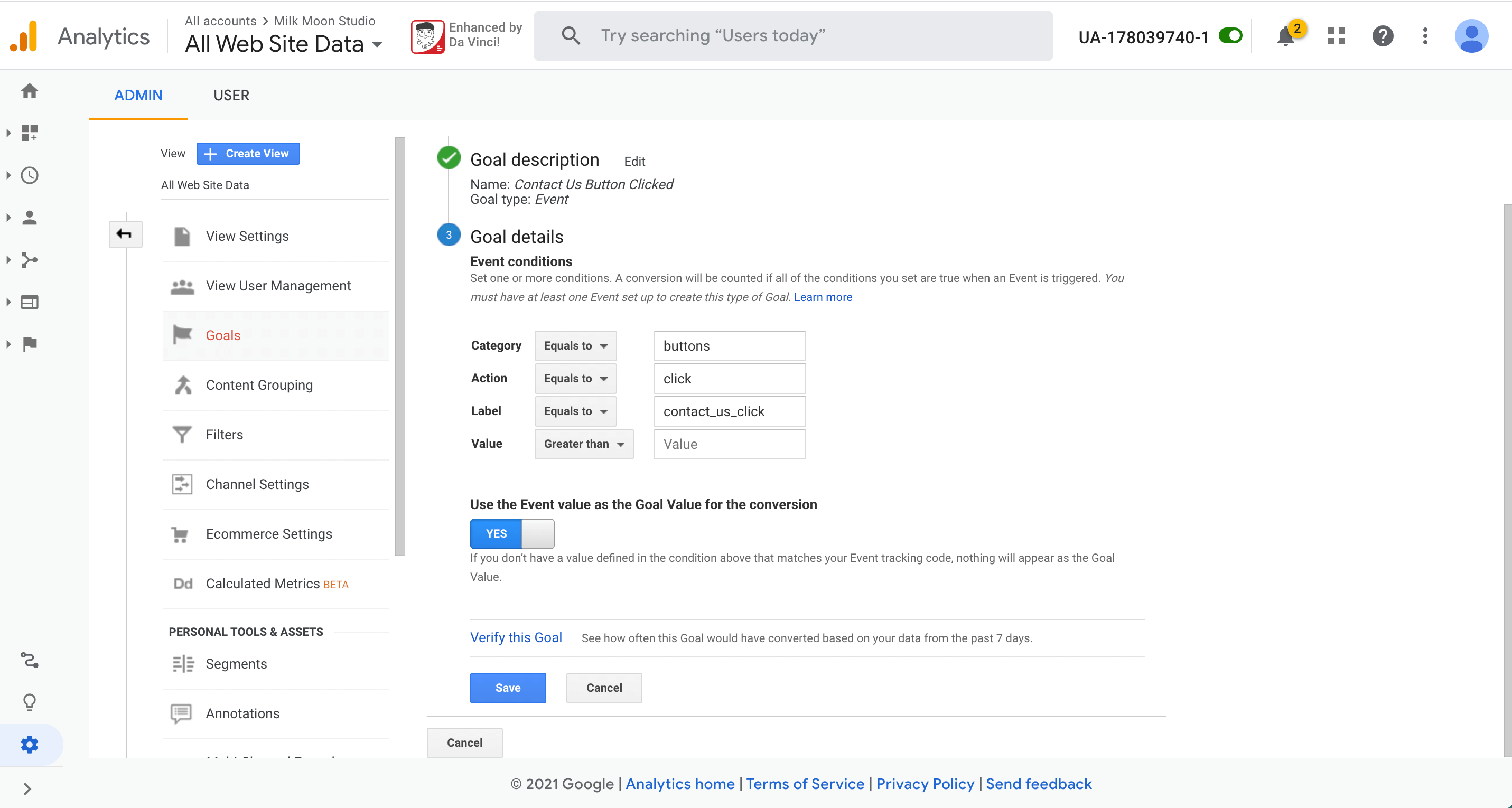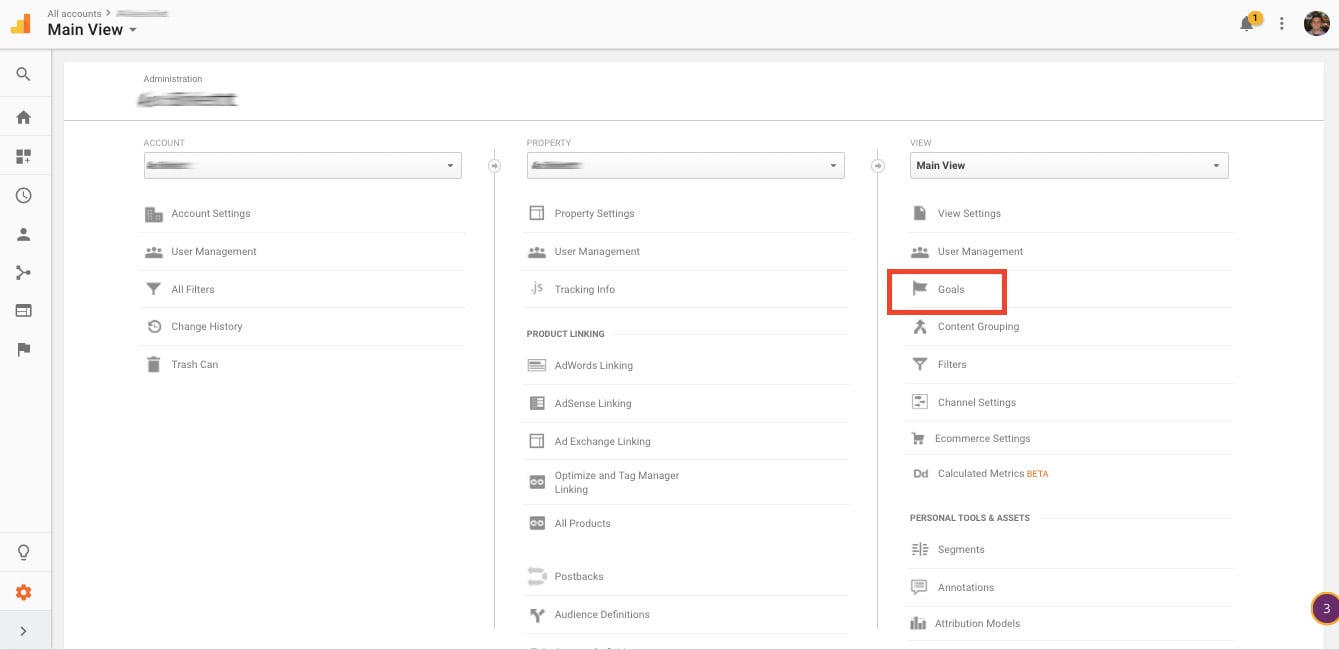Learn What Data Is Google Analytics Goals Unable to Track
Learn What Data Is Google Analytics Goals Unable to Track
Blog Article
Discover the Limitations of Google Analytics Goals: Unveiling the Data Types That Remain Untrackable
As companies increasingly depend on data-driven decision-making, understanding the limitations of tools like Google Analytics ends up being paramount. While Google Analytics Goals offer useful understandings into customer communications, there exist data kinds that elude tracking, positioning obstacles to a comprehensive understanding of individual habits.
Insufficient Customer Trip Tracking
Incomplete customer trip tracking within Google Analytics can impede the capability to precisely examine individual actions. When the customer trip is not totally tracked, there are gaps in the data that stop a detailed understanding of how individuals interact with a web site. This absence of understanding can result in missed out on possibilities for optimization and enhancements to the customer experience.
One usual concern with incomplete user trip monitoring is the failure to see the complete course that individuals take before completing a goal or leaving the website. Without this info, it is challenging to determine where users may be encountering barriers or friction points that stop them from converting. In addition, insufficient monitoring can cover the effect of specific marketing efforts or web site modifications on individual habits.
To address this limitation, it is vital to set up proper monitoring systems within Google Analytics to catch the entire individual trip. This may include establishing event monitoring, goal funnels, or using tools like Google Tag Manager to ensure that no crucial interactions go unrecorded. By gaining a thorough sight of the individual trip, website proprietors can make more informed choices to enhance user interaction and drive conversions.
Attribution Challenges
Browsing with acknowledgment challenges in Google Analytics needs a complete understanding of just how various touchpoints add to the total conversion process. Acknowledgment difficulties occur from the complexity of modern-day consumer journeys, where individuals engage with multiple channels before converting.
One common acknowledgment obstacle is the problem in associating conversions to the proper resource, especially in instances where customers interact with multiple channels before converting. In addition, cross-device tracking postures an additional acknowledgment obstacle, as users often switch over in between devices throughout their journey, making it testing to track their interactions perfectly.
Offline Conversions
Given the obstacles connected with attributing conversions properly in online networks, the measurement of offline conversions provides a considerable chance for online marketers looking for a much more detailed understanding of their clients' journey. Offline conversions refer to actions that clients take in the real world, such as making purchases in brick-and-mortar shops or over the phone, attending occasions, or engaging with published materials - what data is google analytics goals unable to track. These conversions are essential for organizations that operate both online and offline, as they provide valuable insights into the performance of advertising projects across different touchpoints
Tracking offline conversions traditionally postured a significant difficulty for online marketers, as it was testing to attach these actions back to certain online communications properly. With innovations in innovation, such as the assimilation of CRM systems, distinct identifiers, and promo code codes, companies can currently link the gap between online and offline data to obtain an extra holistic sight of consumer actions. By effectively determining offline conversions, online marketers can maximize their techniques, assign resources much more successfully, and ultimately improve the general client experience.
Cross-Device Monitoring
Cross-device monitoring plays a vital role in understanding the interconnected nature of customers' electronic communications throughout several gadgets. In today's omnichannel globe, where individuals perfectly change in between desktops, mobile phones, read this article and tablet computers, tracking their habits throughout these tools is important for marketers to obtain a detailed sight of their client journey.

Additionally, privacy problems and guidelines such as GDPR and CCPA have further difficult cross-device monitoring. With users requiring more control over their data and increased constraints on monitoring innovations, online marketers must find privacy-compliant and cutting-edge methods to attach customer interactions throughout tools.
Dynamic Content Interaction
Comprehending individual involvement with dynamic web content is essential in enhancing electronic marketing methods for improved target market communication. Dynamic content refers to website elements that change based on customer habits, choices, or other aspects, offering a tailored experience. Tracking customer communications with vibrant material positions difficulties for standard analytics tools like Google Analytics.
While Google Analytics can track basic interactions like clicks and web page sights, it might struggle to capture more nuanced interactions within dynamic material. what data is google analytics goals unable to track. Metrics such as time invested in specific dynamic components, hover activities, or communications within pop-ups are frequently not easily quantifiable making use of common monitoring approaches. This limitation prevents online marketers' capability to totally grasp exactly how individuals are involving with vibrant material and customize their techniques as necessary

Conclusion
To conclude, Google Analytics goals have limitations in tracking insufficient user journeys, attributing conversions accurately, capturing offline conversions, tracking cross-device communications, and gauging vibrant material engagement. These restrictions highlight the relevance of exploring extra monitoring methods and tools to obtain an extra comprehensive understanding of customer actions and conversions past what Google Analytics can give.
While Google Analytics Goals offer important understandings into user communications, there exist visit the website information types that elude tracking, presenting challenges to a comprehensive understanding of individual habits.Insufficient customer journey monitoring within Google Analytics can hinder the ability to precisely evaluate individual habits. When the individual trip is not totally tracked, there are gaps in the data that prevent a comprehensive understanding of just how customers interact with a website.One common concern with insufficient individual journey tracking is the failure to see the full course that customers take previously completing a goal or leaving the website. By gaining a detailed sight of the customer trip, site owners can make even more enlightened decisions to enhance customer engagement and drive conversions.
Report this page